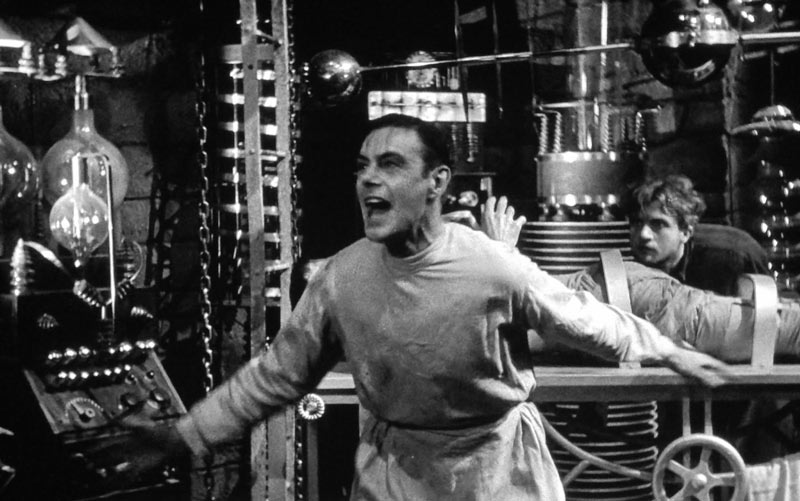The following was written by Frank.
Production of business strike Two Cent coins officially began in 1864 but talks about introducing a Two Cent coin started over fifty years prior. In 1806, Connecticut Senator Uriah Tracy proposed the idea of the production of Two Cent and Twenty Cent pieces. The proposed Two Cent coins would be made of Billon, a composition of silver and copper - 6.4 grains silver and 24.3 grains of copper. The bill made its way through the House but died in the Senate, as it was too expensive of a project and would likely be an unpopular coin for public use.
The concept of the Two Cent coin was brought up once again in 1836. These coins would be made of Billon, this time 90% copper and 10% silver. Infamous Chief Engraver Christian Gobrecht would oversee making the new design. The U.S. Mint struck patterns for the Two Cent piece, but none were ever struck for circulation because of counterfeiting concerns. Franklin Peale, U.S. Mint Melter and Refiner, was worried that these new coins could be counterfeited quite easily. The Mint would halt experimentation of the Two Cent denomination until the idea was revisited during the midst of the Civil War.
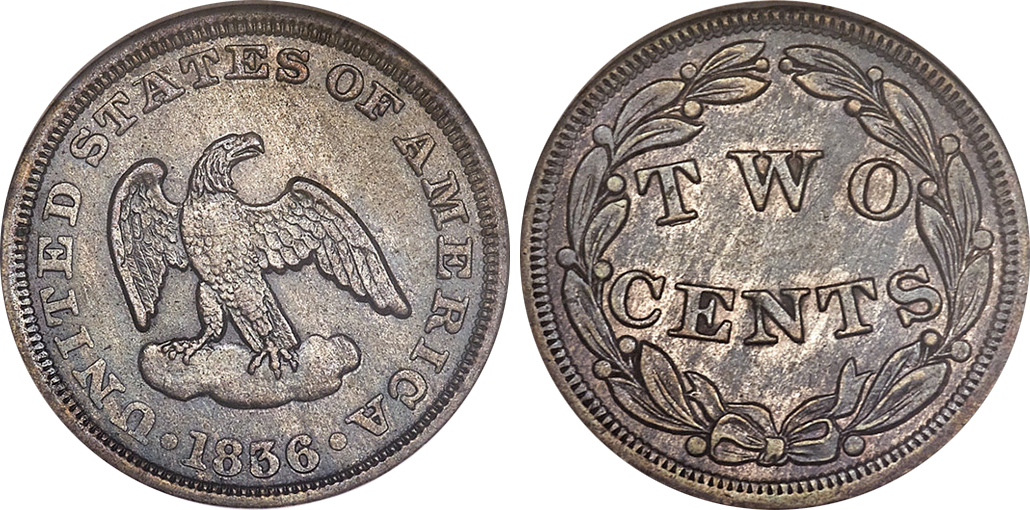
Images from Heritage Auctions.
As they say, “The third time’s a charm!” The Two Cent piece discussion was brought up for the third time in 1863. The Mint began crafting up some potential designs for the brand-new coin. One of the designs depicts George Washington on the obverse with the legend “God and our Country” and a similar looking reverse to what we see today. Another 1863 pattern has a very similar obverse to the business struck Two Cent pieces, but instead of “In God We Trust”, the motto is “God Our Trust”. The reverse is the same as the George Washington issue.
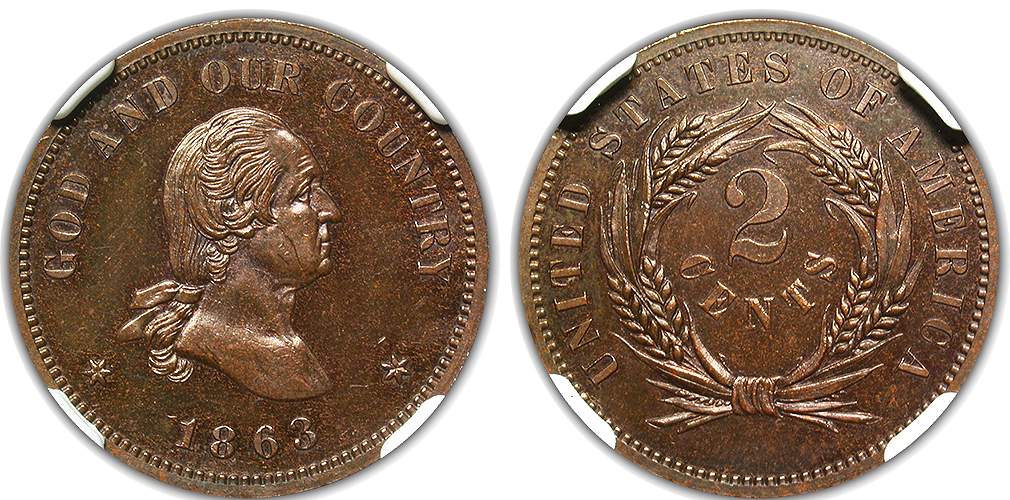
On April 22, 1864, the Thirty Eighth Congress approved legislation which would allow the Mint to strike Two Cent coins for circulation. Chief Engraver James B. Longacre designed the new denomination. The Two Cent piece finally became a reality; over 50 years since the idea was first introduced. The Two Cent piece would be the first coin to bear the motto “In God We Trust.” Many coins followed suit later. The United States suffered a great coin shortage during the Civil War. Two Cent pieces were initially widely accepted because of the dire need for new coinage. Once the coin shortage subsided, these coins were not very popular in commerce as smaller silver coins were more available for transacting. This is proven by the amount of heavily circulated Two Cents from 1864-1866. Coins with later dates are not often seen with heavy circulation. The Mint ended production of business strike Two Cent coins in 1872, which is considered to be the key date of the series. The final Two Cent pieces were struck in 1873 as proofs only.
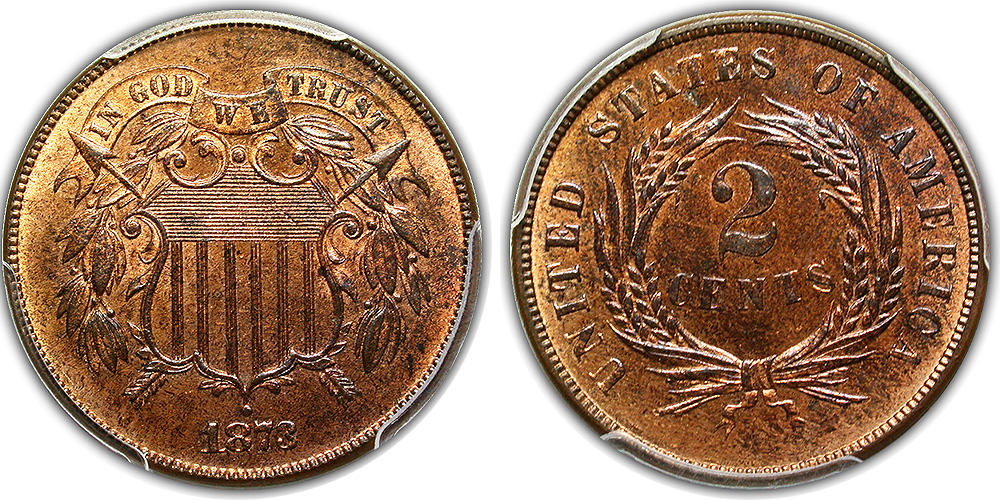
Sources:
https://www.pcgs.com/coinfacts/category/two-cent-1864-1873/670
The following was written by Frank.
The Coinage Act of February 21, 1857, abruptly disrupted commerce throughout the entire United States. This Coinage Act ended legal tender status for all foreign silver and gold coins in the United States. “All former acts authorizing the currency of foreign gold or silver coins, and declaring the same a legal tender in payment for debts, are hereby repealed.” Before this Coinage Act, foreign silver and gold coins freely circulated in the U.S. These foreign coins were mostly Spanish Reales, but also contained coins from other nations across the globe. The money of today is much different than it was back in those days; the silver and gold coins that circulated had intrinsic precious metal value. Today, our money has nearly no intrinsic value at all. Rather, it has value because we all agree it does. Operating a business in an era of so many denominations of coins from foreign lands was quite a headache for even the simplest of transactions. Conversion tables of all these coins were issued in almanacs to ease the pain.
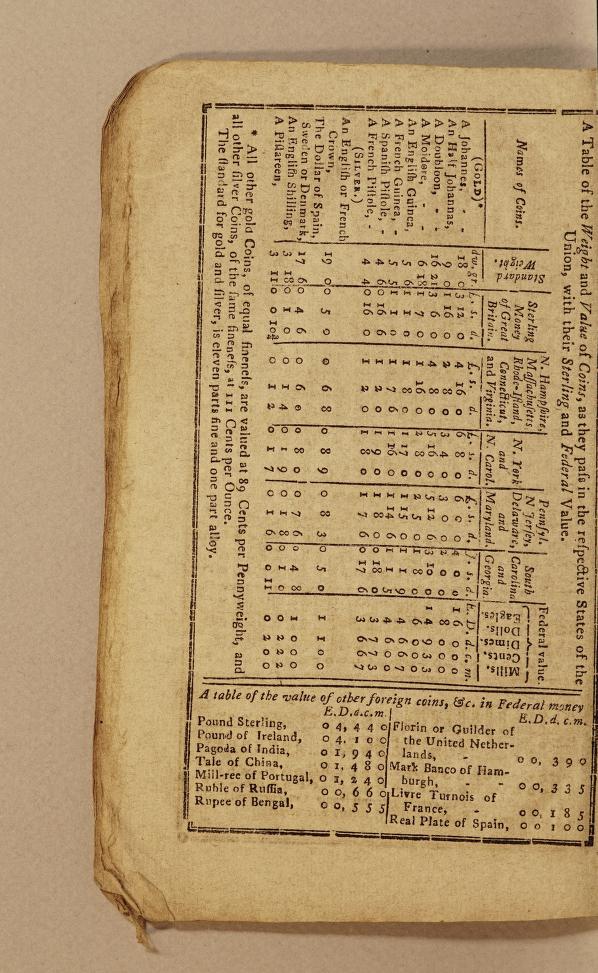
The Spanish 8 Reales dominated global commerce for many years. These coins circulated in the Americas, Asia, and Europe. Many of these 8 Reales show Asian chopmarks. These chopmarks were punched into these coins by merchants who verified the appropriate silver content of these coins. On many pieces of Continental Currency, the notes state “This bill entitles the Bearer to receive X Spanish milled dollars, or the value thereof in gold or silver.”
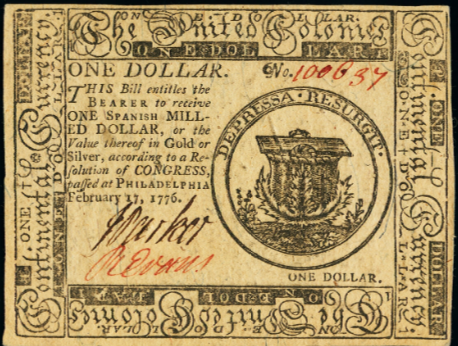
Photo Courtesy of Heritage Auctions
The Spanish 8 Reales was such a common coin in commerce that this 1861 obsolete note from Richmond Virginia depicts one on the obverse! It is curious that this note was produced after the Coinage Act of 1857, which is a clue that many businesses still accepted Spanish Reales as payment.
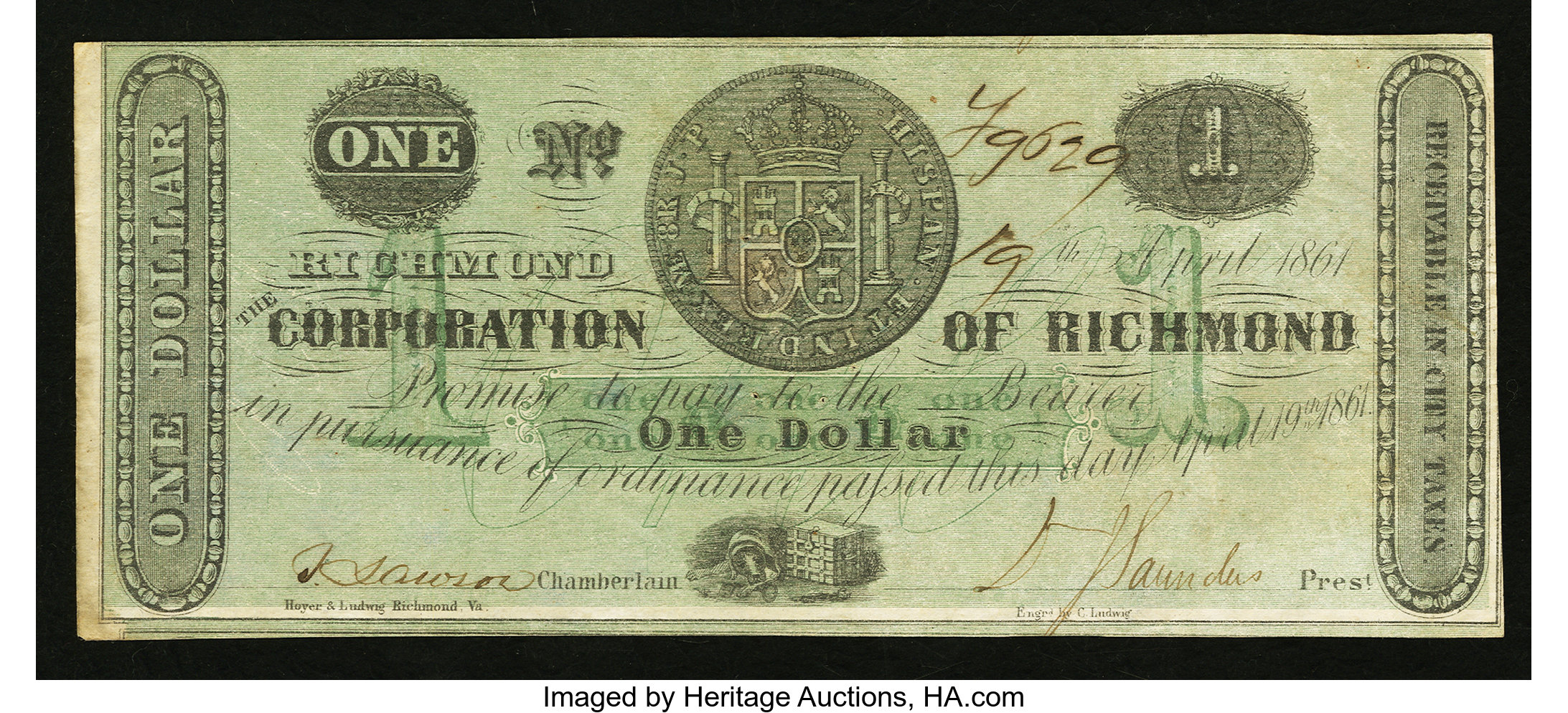
Because transacting in Spanish Reales was so common, the New York Stock Exchange would use eighths instead of the decimal system for stock pricing during their inception in 1792. Stocks would trade in eighths, quarters, and halves instead of decimal cents. The NYSE would finally convert to the decimal system in August...of 2000!
The following was written by Frank.
Coin Curiosities - the 1964-D Peace Dollar
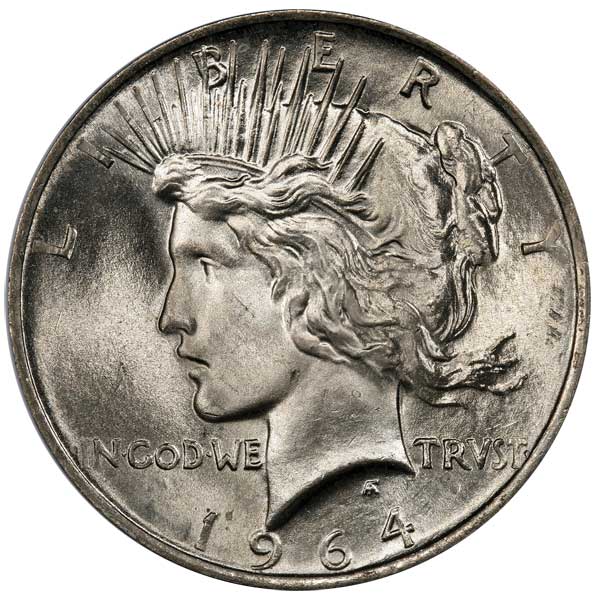
The 1964-D Peace Dollar has remained a numismatic mystery for nearly 60 years. In 1921, the United States revived production of the Morgan Dollar, this would be the first time since 1904 that the United States minted silver dollars. Partway through 1921, the United States decided that they wanted a new silver dollar design. The Peace Dollar was the new design chosen, which represented peacetime after World War One. All 1,006,473 1921 Peace Dollars were struck in the last week of December 1921. 1921 Peace Dollars have a much higher relief than coins issued from 1922-1935. The more pronounced a coin’s relief is, the more pressure is needed to strike the coin fully. Because of all the pressure exerted on the dies, the dies oftentimes broke and needed replacement. Fully struck 1921 Peace Dollars demand a premium over weakly struck examples. The relief was lowered for the next year of production, which remained the same throughout 1935.
The United States faced a massive coin shortage in 1964. This was due to the public hoarding silver coinage, the intrinsic value of these coins were worth more than their face value. The United States was also low on silver reserves. Anyone could order $1,000 bags of silver dollars during this time period, the government needed to replenish it’s supply. In August of 1964, Congress approved legislation allowing the production of 45 million silver dollars to be struck. There was a debate at the time to strike Morgan or Peace Dollars, and the Mint ultimately decided to go with the Peace Dollar design. The Peace Dollar design wasn’t as popular with coin collectors at the time as Morgan Dollars, so there wasn’t as much concern about hoarding the new coins. The Peace Dollar hubs were destroyed in 1937, so the Mint had to create new hubs from scratch.
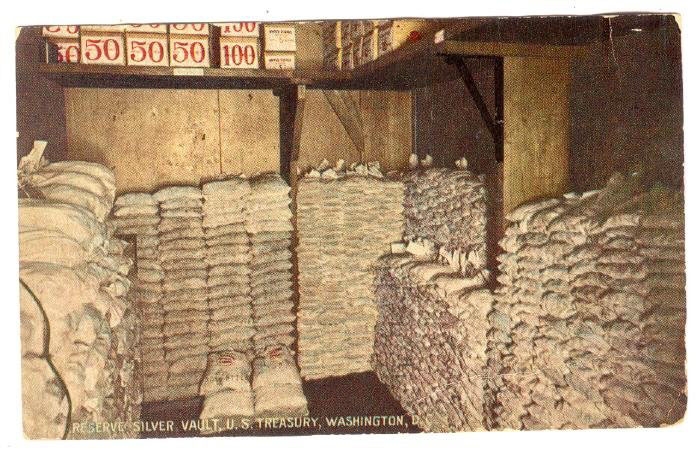
It would not be until May of 1965 that production of these Peace Dollars began. The Denver Mint produced 316,076 Peace Dollars for circulation, and 20 trial coins in May of 1965. There was an uproar in Congress once the Denver Mint reported to them about the striking of the coins. Congress demanded production of the coins be halted immediately, and the Mint obliged. The Mint reportedly melted every single 1964-D Peace Dollar by weighing out the entire mintage to make sure no coins were stolen. The Mint was a very unreliable source of information during this time period, they falsely reported that no 1964-D Peace Dollars were ever minted. A Mint employee could have easily swapped out a few new coins for some older pieces. 18 of the 20 trial pieces were reportedly melted. The other 2 were reported to be in the Treasury vaults and melted in 1970.
If a genuine 1964-D Peace Dollar surfaces in the United States, it would likely be illegal to own and the coins would probably be seized by the United States government. In 2013, PCGS offered a $10,000 reward just to look at a genuine example. Unfortunately for the hobby, there has never been a 1964-D publicly reported to exist. There have been rumors circulating since the 1970s that some coins existed, but none have ever seen the spotlight. If/when a 1964-D Peace Dollar does surface, it will make national headlines and will be one of the most significant numismatic discoveries of the century. It’s hard to predict what such a coin would bring in a public auction setting, but it would likely bring many millions of dollars.
The following was written by Chris.
When the U.S. Mint released the new Sacagawea Dollar in 2000, they did a promotion to announce the new coin with General Mills, the maker of Cheerios. The Sac Dollar was placed in 5,500 boxes of Cheerios, while a Lincoln Cent was placed in 10 million boxes of the cereal.

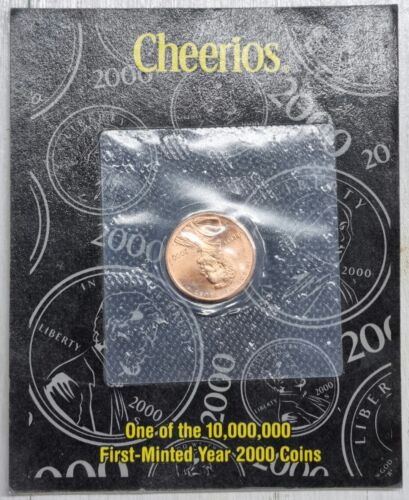
In 2005, astute numismatist Tom Delorey discovered that the reverse on these Dollars appeared to be different from those released for circulation. The tailfeathers are noticeably more enhanced than on the regular issue. In the image below, you’ll note the sharp detail of the feathers on the top coin, the Cheerios “pattern” Dollar.
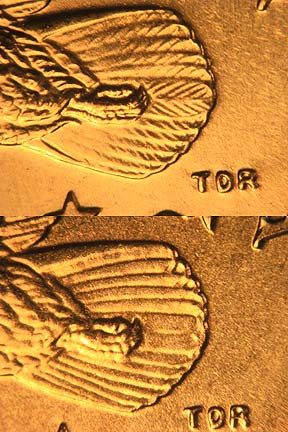
Images from NGCcoin.com
It’s important to note that not all of the Sacagawea Dollars that came in the Cheerios boxes have the special reverse. You never see them anymore, but if you were to come across a sealed Cheerios Sacagawea Dollar, how would you know if it had the enhanced tailfeathers? Mr. Delorey discovered a diagnostic on the obverse. Underneath the mintmark, coming out from her coat, are die polish lines. These are not found on the obverses of the regular issue Cheerios Dollars. The coin on the left is Cheerios issue.
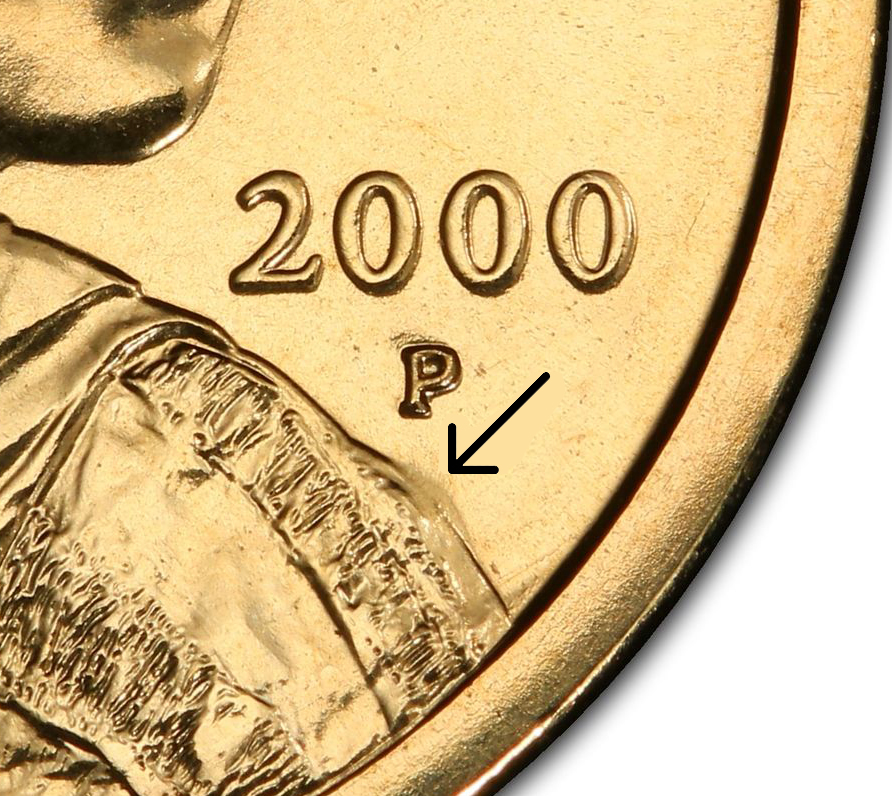
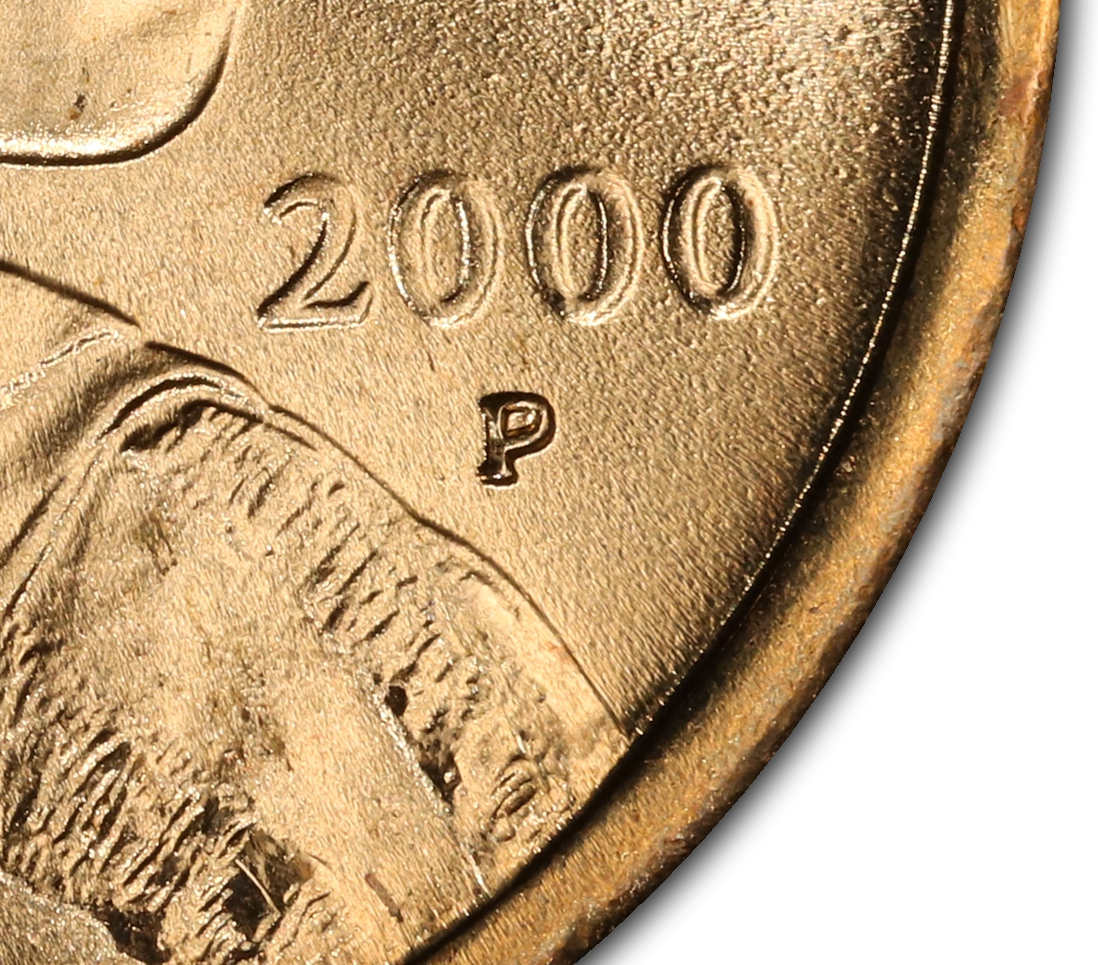
Images from PCGSCoinFacts
Are these valuable? While the number of these in existence is unknown, the answer is a definite YES. MS67 examples regularly sell for over $5,000, while MS68 coins have brought north of $12k before. That’s quite some find in a cereal box. Sure beats the crappy little plastic toys I would fervently seek in the boxes of cereal I ate when I was kid.
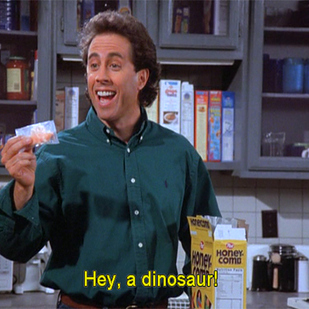
Believe it or not, you can still occasionally find unopened boxes of Cheerios from 2000. The image of this box is from an eBay auction in 2022. The box brought over $500!
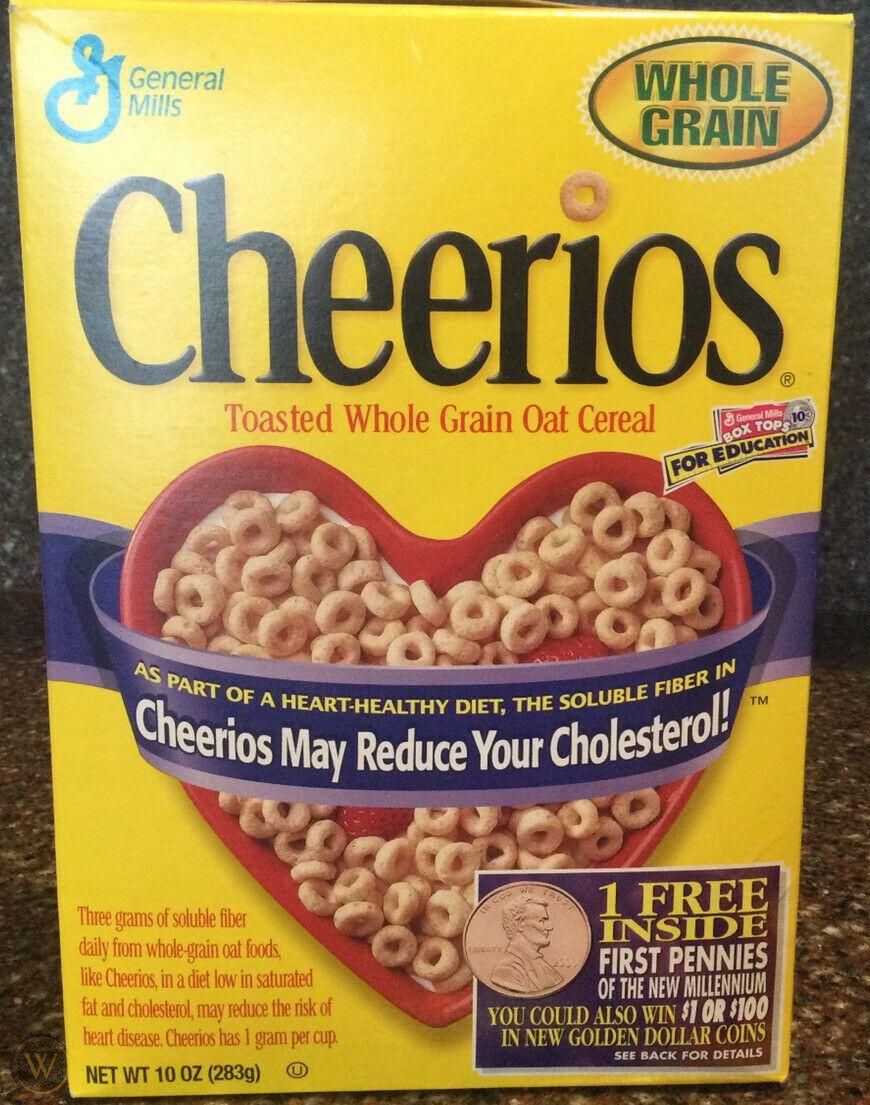
The Cheerios Sacagawea Dollar is certainly one of the most interesting finds in modern numismatics, which explains why it made its way to number 12 in the book The 100 Greatest Modern Coins. Eat up!
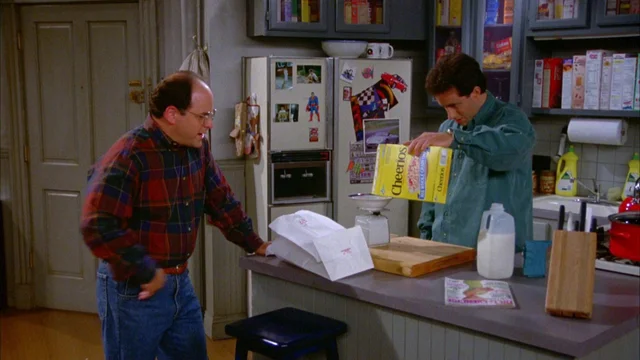
After two years of development, our new inventory system recently went live. While this is mostly a huge deal for us here at Northeast, it will provide our customers with a more robust user experience in terms of viewing past order history, checking current balances on invoices, retrieving old invoices, and viewing shipping information. If you have any questions about how to access this information, please email me at chris@northeastcoin.com.
